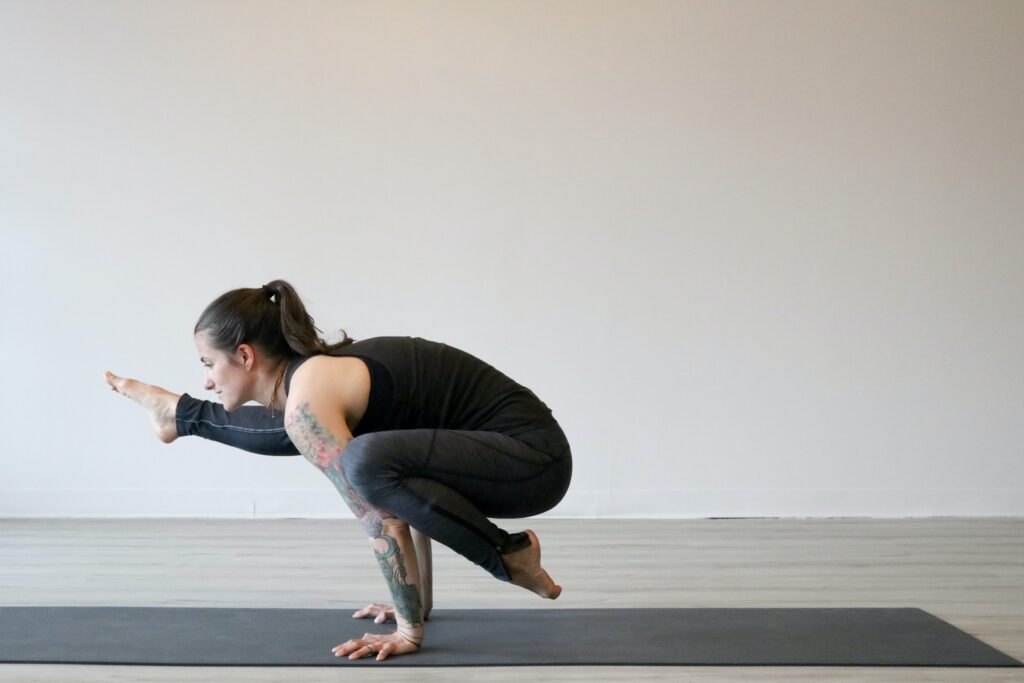As a massage educator, I am always looking for experiences to help my learners grasp complicated anatomical concepts. An understanding of the anatomy and physiology of the body is essential to applying safe and effective hands-on clinical skills.
Many massage teachers may feel overwhelmed when they cannot find an image that fits what is in their minds. Or, they spend half their time in content creation finding the “perfect” images.
I liken this to going to the grocery store with a meal plan, regardless of how much items cost or how fresh they are, then getting frustrated when your grocery bill is prohibitive.
Instead, work with what’s available. Check the food store’s online advertisement and make a list of meals based on what’s on sale and what you can afford.
To do this within the classroom, I’m going to use a free image that I downloaded and suggest a wide array of learning experiences to go with it. My goal is to give you ideas that you can use with almost any free image of a human.
One site that has free images is unsplash.com “Unsplash grants you an irrevocable, nonexclusive, worldwide copyright license to download, copy, modify, distribute, perform, and use photos from Unsplash for free, including for commercial purposes, without permission from or attributing the photographer or Unsplash. This license does not include the right to compile photos from Unsplash to replicate a similar or competing service.”
I looked for images of a person where the body was clearly available.
Here is the one I chose for this article:

Activity 1: Get comfortable recognizing muscles
If your school has a projector, you can choose an image of almost any human and project it. In my school our projector goes onto a dry erase whiteboard.
- Simply point to a muscle on the image and ask students to name the muscle.
- Ask a student to use a marker to “color in” or “outline” a muscle that you name. “Please outline the right deltoid.” “Please color in the widest back muscle.” This helps students visually connect muscles from the textbook with a human.
- The instructor fills in the muscle and then assists the students in drawing the basic shape as an art-based note-taking activity.
- The instructor can ask students to mark where they think bony landmarks are located on the image.
Activity 2: Get comfortable with names of anatomical positions and movements
- “What is the position of the right g/h joint?”
- “Is the right hip flexed or extended?”
- “Is the right scapula upwardly rotated or downwardly rotated?”
- Multiple-choice options work for games like Kahoot: “What is the position of the right arm?” a) shoulder extended, elbow extended b) shoulder flexed, elbow extended, c) shoulder extended, elbow flexed, d) shoulder flexed, elbow flexed.
Activity 3: Get comfortable with actions of muscles
- “What neck muscle is contracted on the right?”
- “What muscles would he need to use to step up onto his right leg?”
- “What muscles are working in the right shoulder and what are they doing?
Activity 4: Play a game
Groups of two players compete. One partner is shown an image which they then must describe to their teammate by way of giving instructions that reinforce what the teacher feels the students need. “Flex your right knee. Flex your right arm.” It might be, “contract your right SCM, now contract your right hip flexors.” The team who gets their partner in the correct position first wins a point.

There are many free images that are more dynamic such as this yoga photo by Katie Bush.
“Action shots” are great because they provide an opportunity to discuss positions, actions, synergists, antagonists, common complaints, and clinical skills.
You can ask a large number of questions about each image.
“What are some concerns that a person who loves yoga might show up with?”
“What are some common pain complaints that would prevent this particular posture?”
“Which muscles are flexed? Which are extended?”
“Describe the position of the scapula and name the muscles involved.”